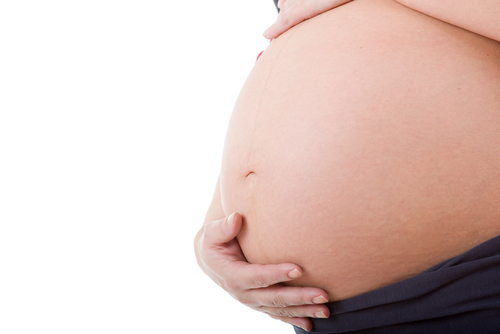An alternative ovary-stimulating technique may help women with advanced endometriosis become pregnant through in vitro fertilization, a study reports.
The research on the technique, which is called medroxyprogesterone acetate (MPA) controlled ovarian hyperstimulation (COH), applied to women with healthy ovaries.
The study, “Use of medroxyprogesterone acetate in women with ovarian endometriosis undergoing controlled ovarian hyperstimulation for in vitro fertilization,” was published in the journal Nature Scientific Reports.
Abnormal production of the hormone estrogen is associated with the development of endometriosis, which affects 20-40 percent of women who consult with doctors about being infertile. Even mild endometriosis can affect fertility by impairing egg and embryo development.
In vitro fertilization involves bringing together sperm and an egg in a laboratory, then implanting the fertilized egg in a woman’s uterus. Endometriosis can also affect the implanting of the egg.
COH, which doctors use to stimulate the production of mature eggs, is vital to in vitro fertilization. A gonadotropin-releasing hormone agonist, or GnRH-a, can decrease endometriosis’ ability to prevent pregnancy.
Taking GnRH-a for a considerable length of time before an in vitro fertilization procedure can improve fertility, studies have shown. But there is a downside. GnRH-a generates excess amounts of estrogen and another hormone called progesterone — and that excess production can weigh against a woman becoming pregnant.
Doctors have used synthetic progesterones called progestins in endometriosis therapy for decades. Progestin produces more mature eggs that are capable of being fertilized than GnRHa. It is also cheaper, patients tolerate it well, and the only side effects associated with it are minor.
Research has shown MPA to be an effective alternative to progestin.
Researchers decided to see if a combination of MPA and human menopausal gonadotrophin, or hMG, would be an effective way for a woman who had in vitro fertilization to achieve a successful pregnancy.
The study looked at women with advanced endometriosis who were receiving COH for in vitro fertilization.
Researchers divided the 224 women into three groups. One consisted of MPA COH patients who had surgery for cysts known as ovarian endometrioma. The second consisted of MPA COH patients who had a less invasive surgical technique called aspiration to remove the cysts. And the third group was controls.
The study showed that both MPA groups had more mature eggs and high-quality embryos than the control group. But fertilization, successful implantation, and pregnancy outcomes were similar among the three groups, researchers said.
Another finding was that egg, embryo and pregnancy-outcome results were similar between the two MPA groups.
Using MPA in COH is “an alternative to the conventional regimen,” the authors wrote. “Progestogens alone or combined with estrogens are generally well-tolerated, may have a more limited metabolic impact than danazol or GnRH agonists, and may be used repeatedly.”

